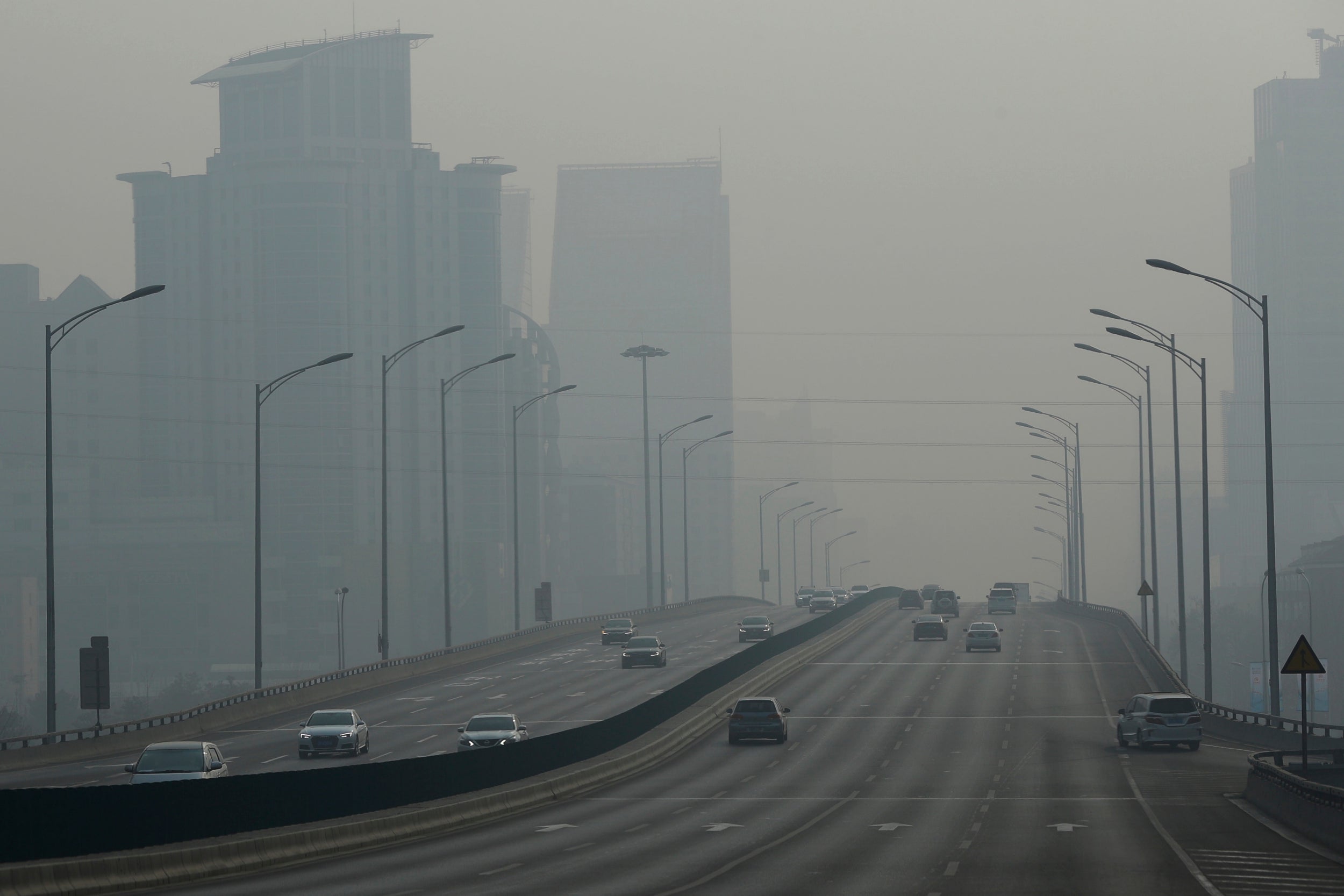This website uses cookies so that we can provide you with the best user experience possible. Cookie information is stored in your browser and performs functions such as recognising you when you return to our website and helping our team to understand which sections of the website you find most interesting and useful.

Air pollution in China has risen above the levels measured in the same 30-day period last year, according to new data.
Air pollutant levels dropped dramatically in February when China was under strict lock down measures to tackle the Covid-19 pandemic and reached its lowest levels in March. As restrictions eased, and travel and industry resumed, air pollution is now overtaking the levels prior to the pandemic.
The drop in air pollution during global lockdown led to clearer skies and a drop in emissions, not only in China, but around the world, offering a small glimmer of hope during the unprecedented crisis. People shared photos from Los Angeles to the Himalayas of skylines coming into crystal-clear view once the smog had cleared.
The new data was released by the Centre for Research on Energy and Clean Air (CREA). The study measured levels of nitrogen dioxide (NO2), sulphur dioxide (SO2), ozone and matter called PM2.5, tiny particles in the air which make the air appear hazy when levels are elevated. The measurements were taken between 16 April and 15 May.
During the height of the lockdown in China, NO2 levels dropped by 38% from 2019 and PM2.5 was down more than a third.
Emissions from industry seem to be driving the increase in pollution levels and are more intense in regions where coal burning takes place at higher rates. According to the study, coal consumption at five major power plants in eastern China rose above 2019 levels for the first time in the beginning of May.
Ozone levels are closing in on the record-high levels measured in 2018. Pollution levels in China's largest cities, Beijing and Shanghai, for the moment remain lower than last year.
Lauri Myllyvirta, lead analyst with CREA, told The Independent: "The spike in pollution levels seen in China highlights the risk of a 'dirty recovery' led by the most polluting economic sectors. In China, this happened after the global financial crisis in 2008 and after the SARS outbreak in 2003, as the government's stimulus measures targeted polluting industries.
"The pollution spike seen in April and in early May seems to have petered out, with pollution levels falling back below last year's levels on the second half of May and with the government dialling back expectations of old-school stimulus policies. However, the risk of a further pollution rebound remains."
Following the 2008 financial crisis, China saw surges in air pollution and CO2 emissions as the country kick-started its economy with a wave of construction projects. These were linked to increases in air pollution around Beijing in the winter of 2012-2013, which became known as the "airpocalypse". At its worst, pollution levels hit 25 times that considered safe in the US, NPR reported.



 Africana55 Radio
Africana55 Radio 

